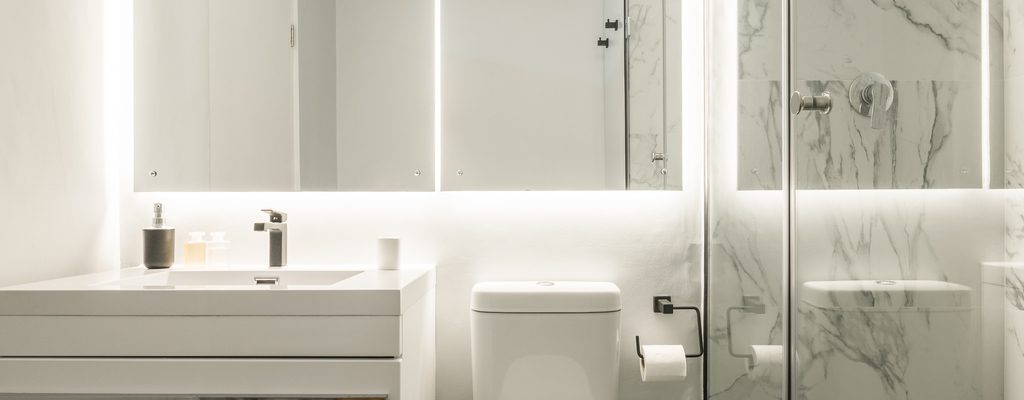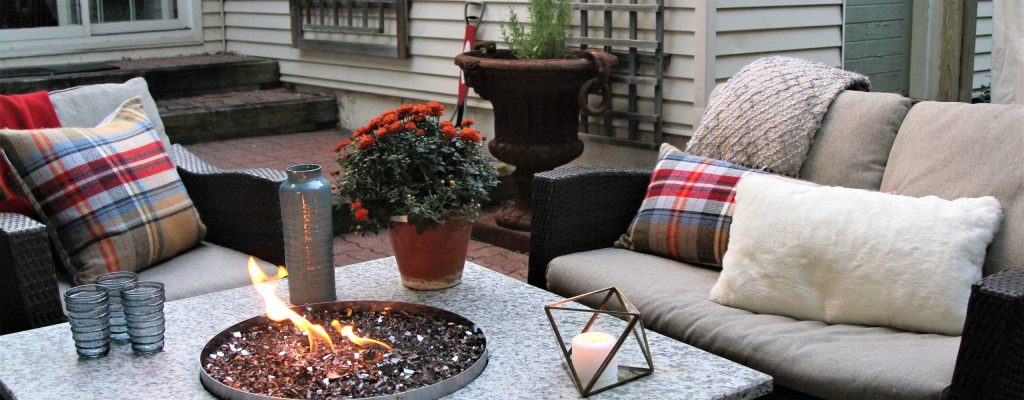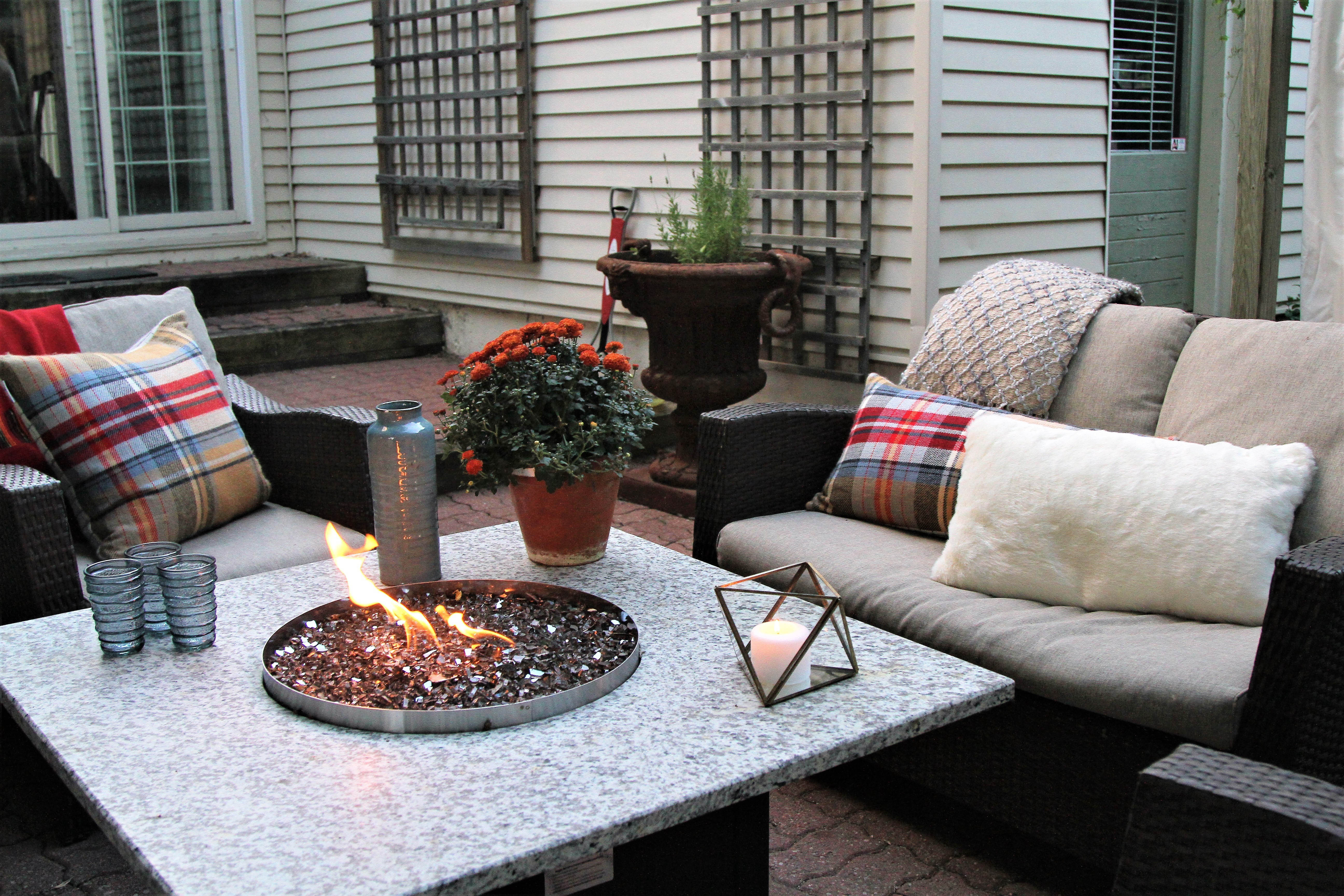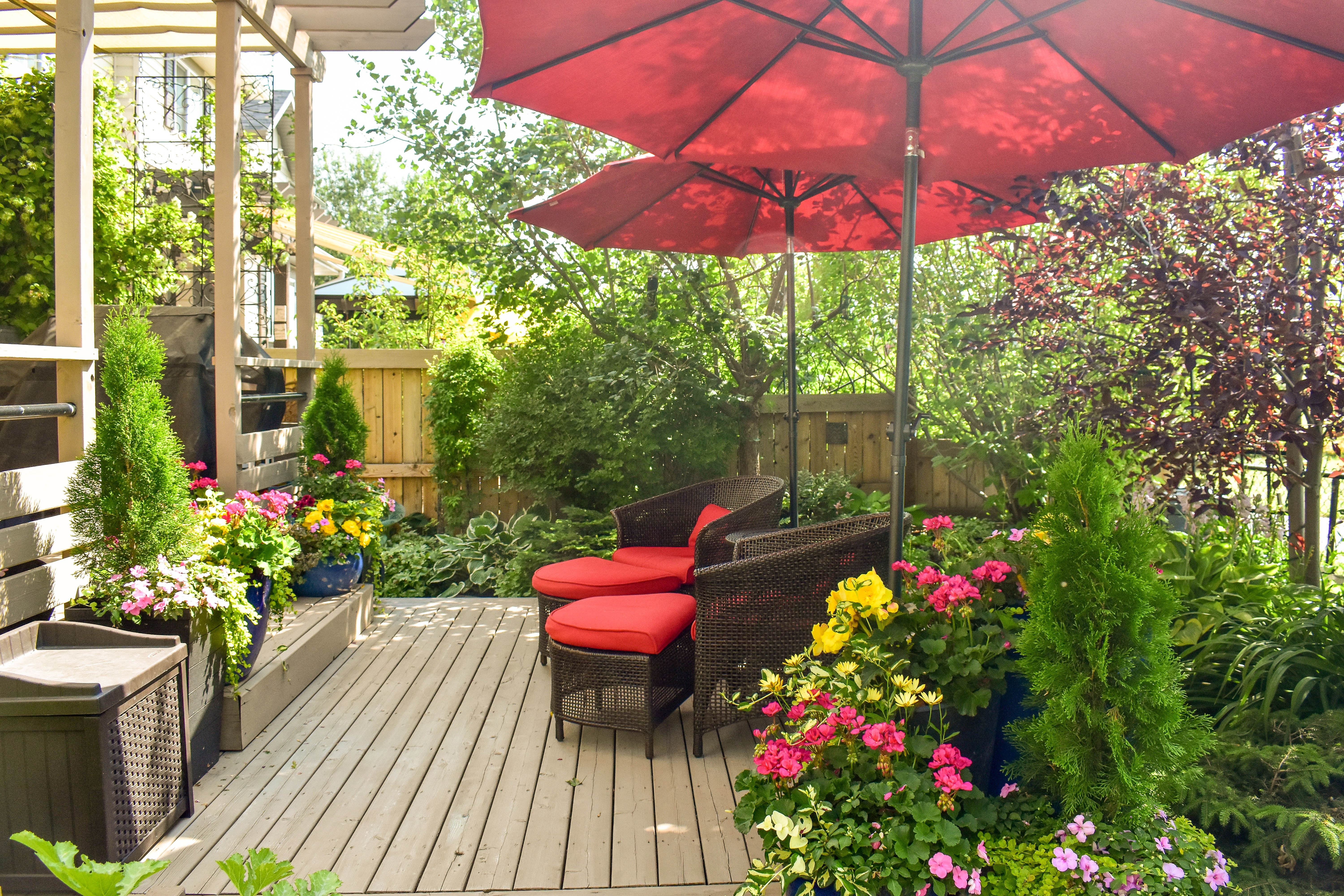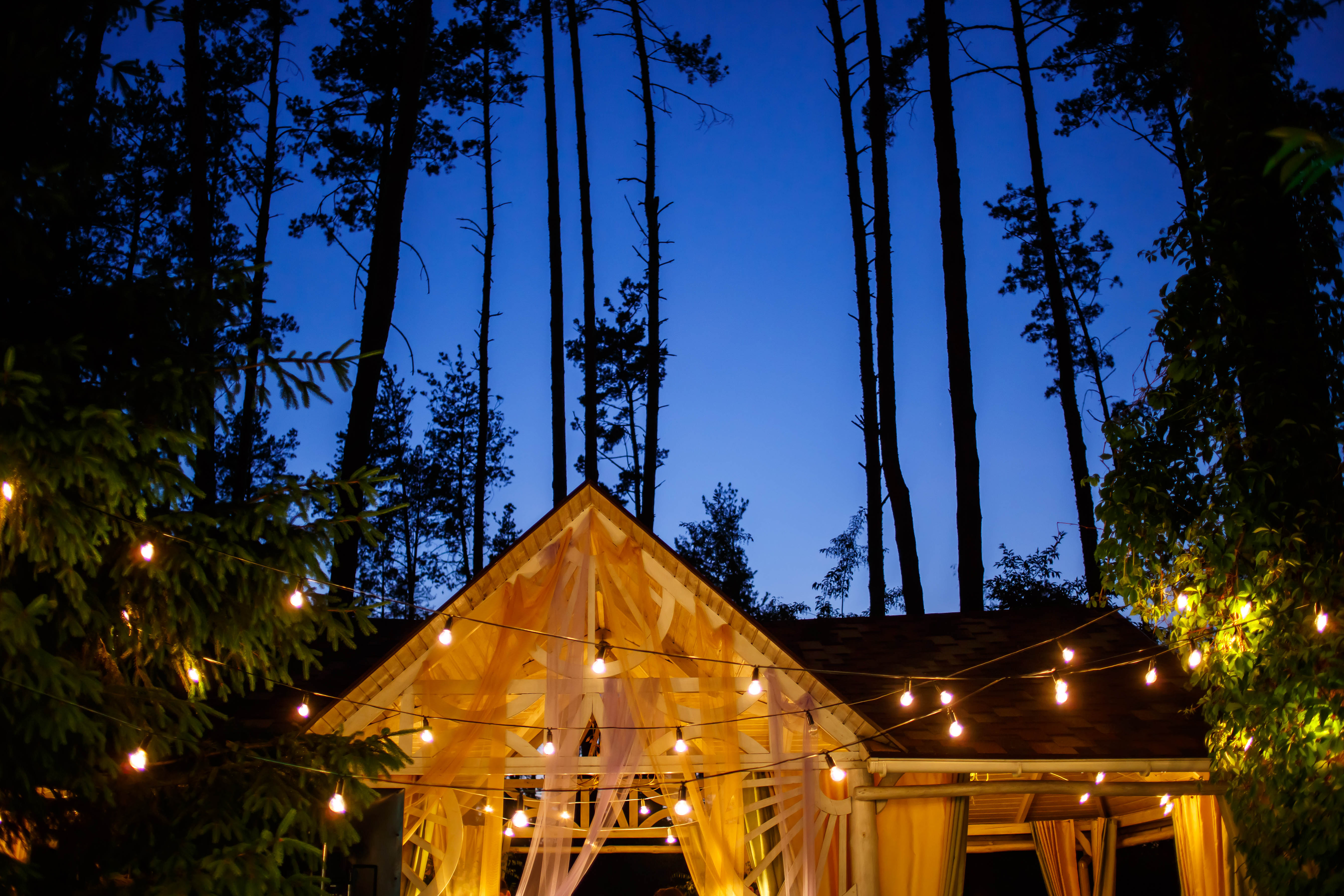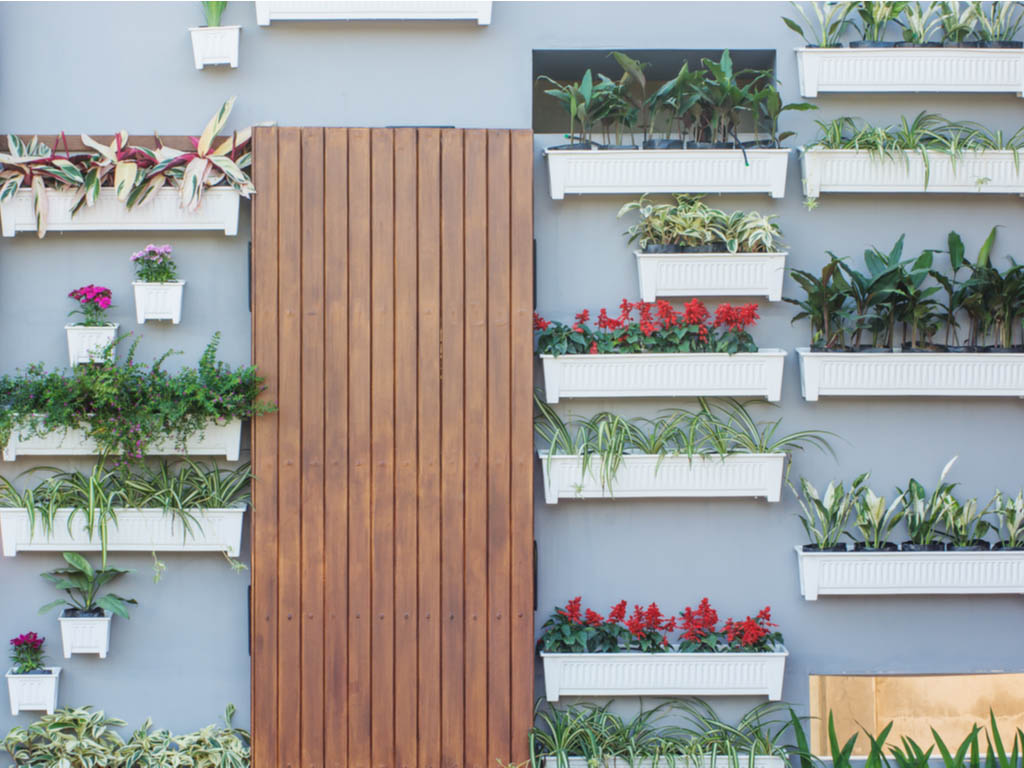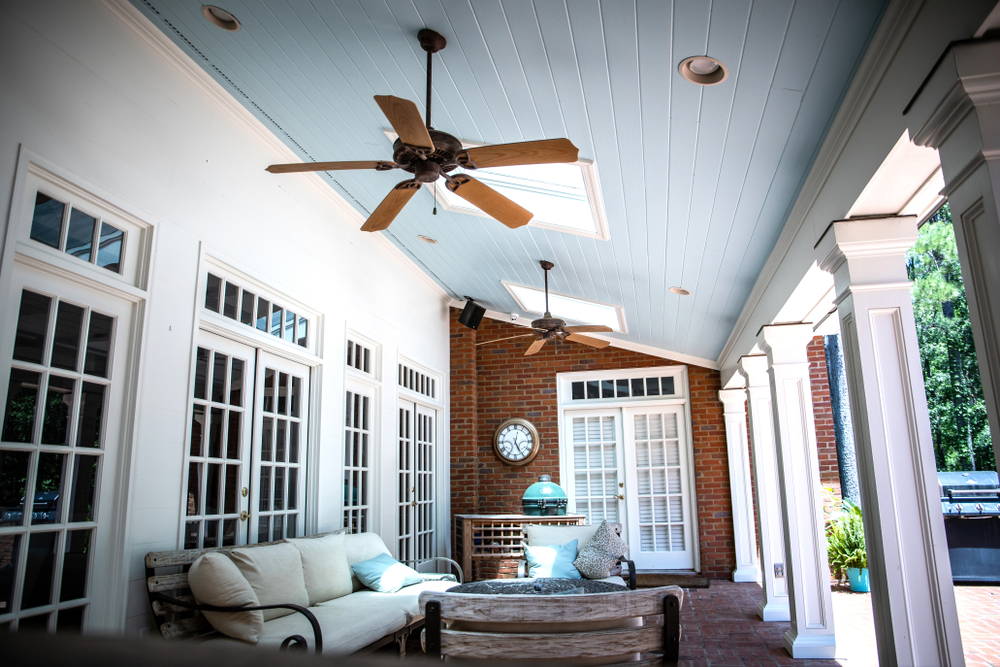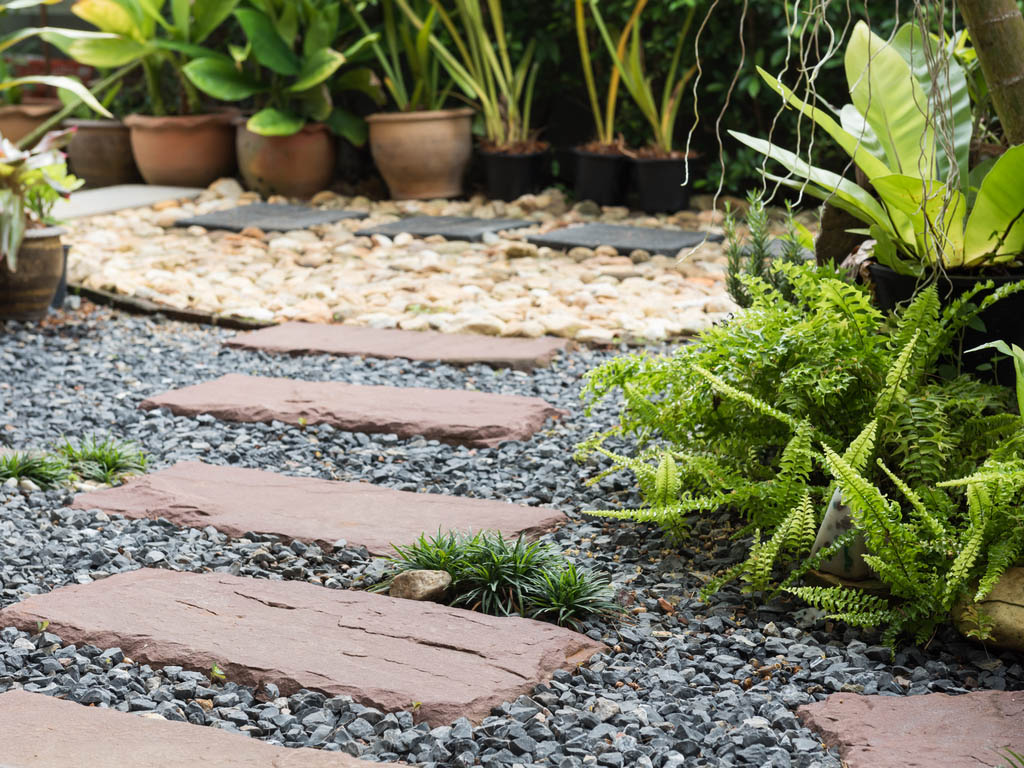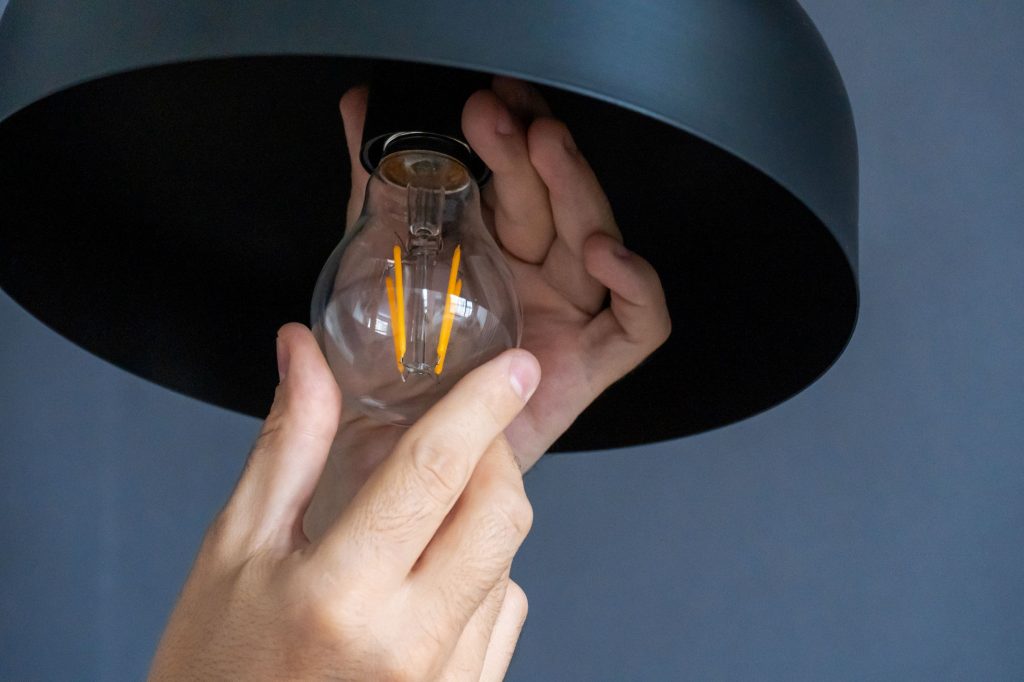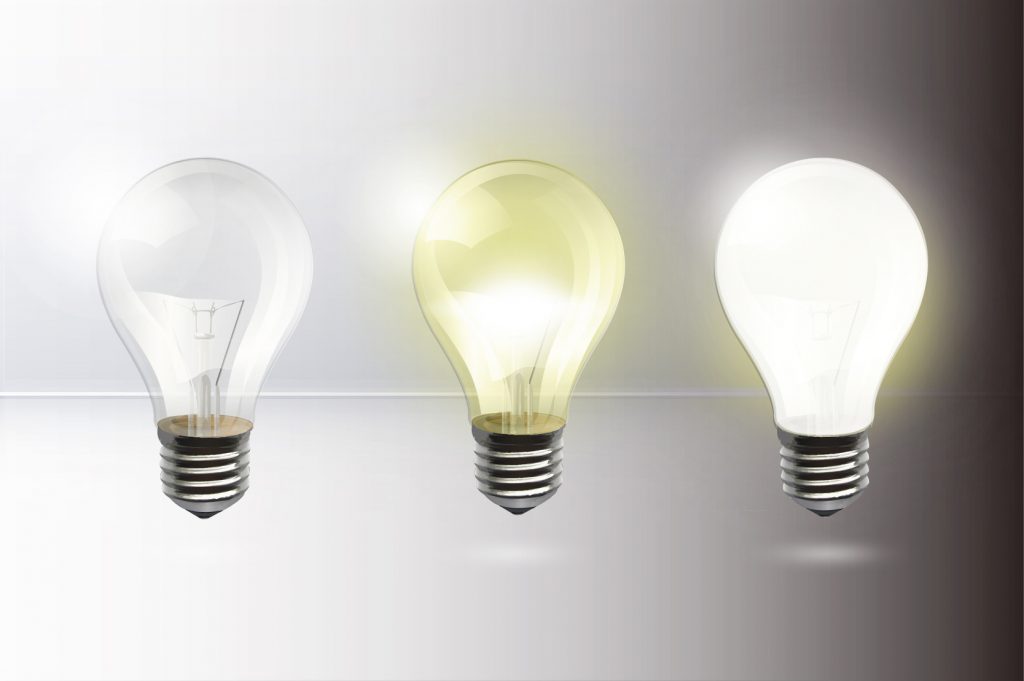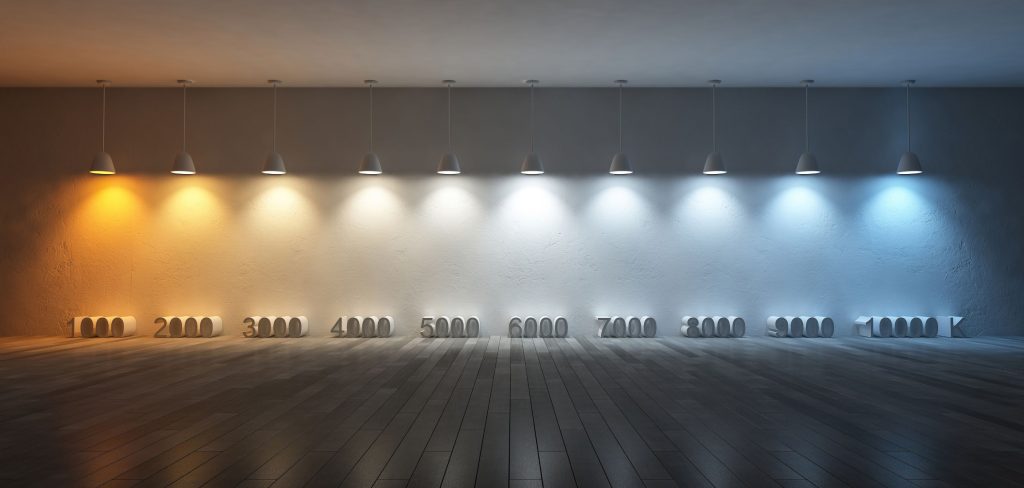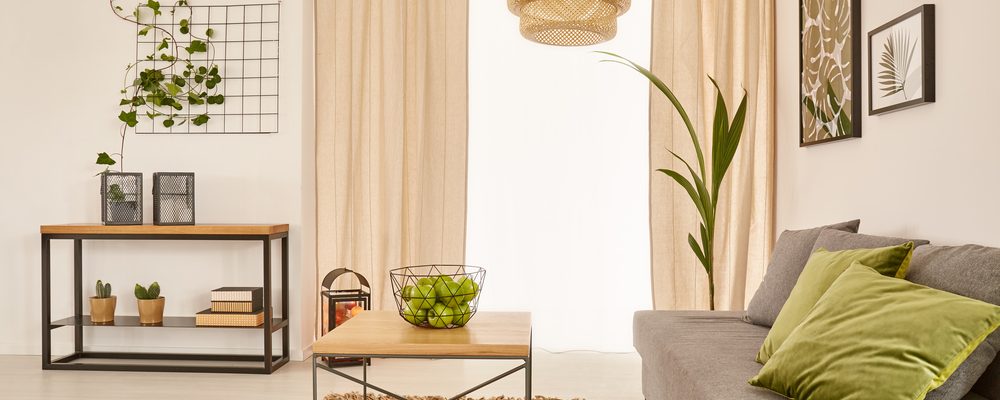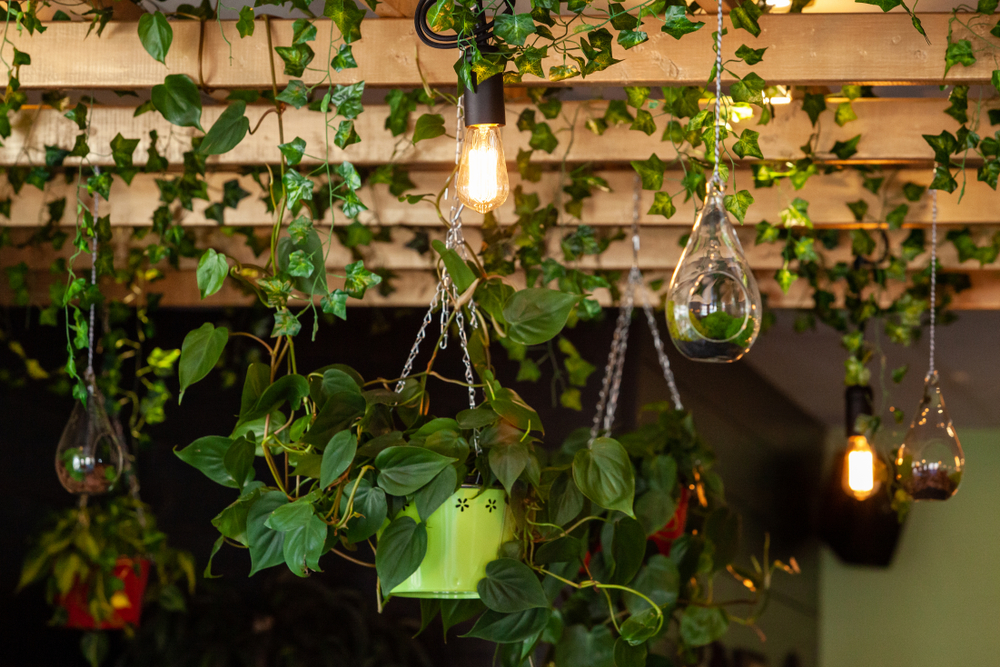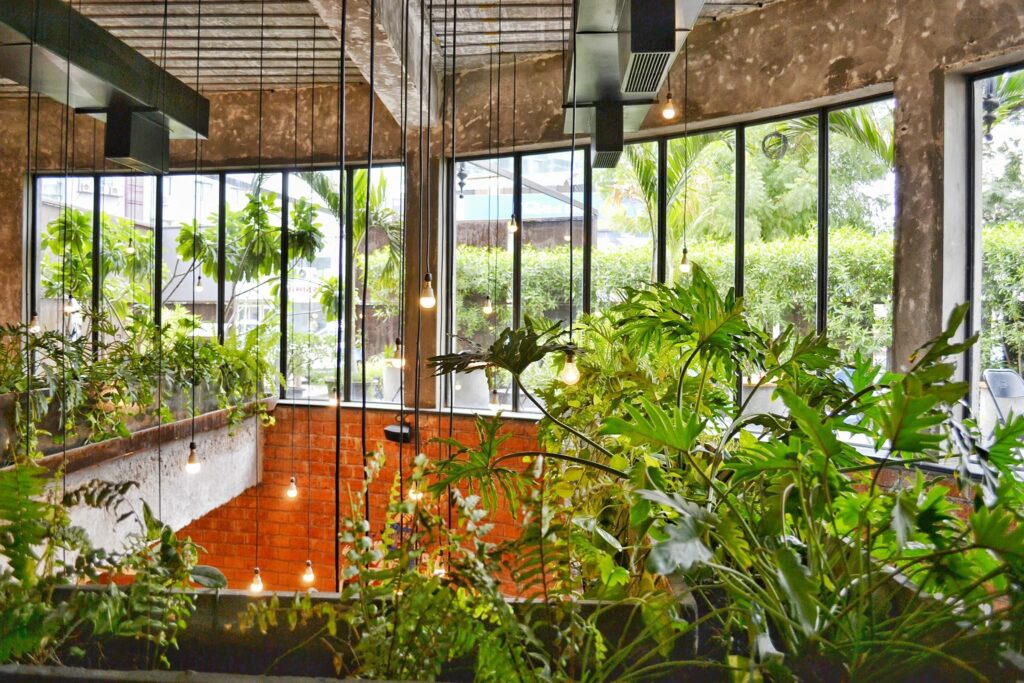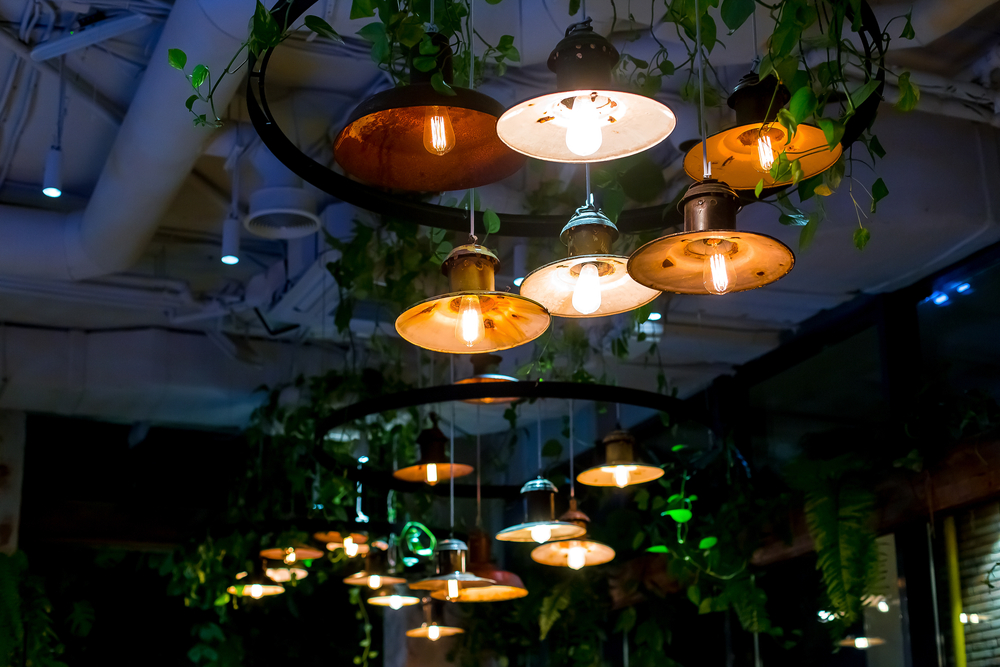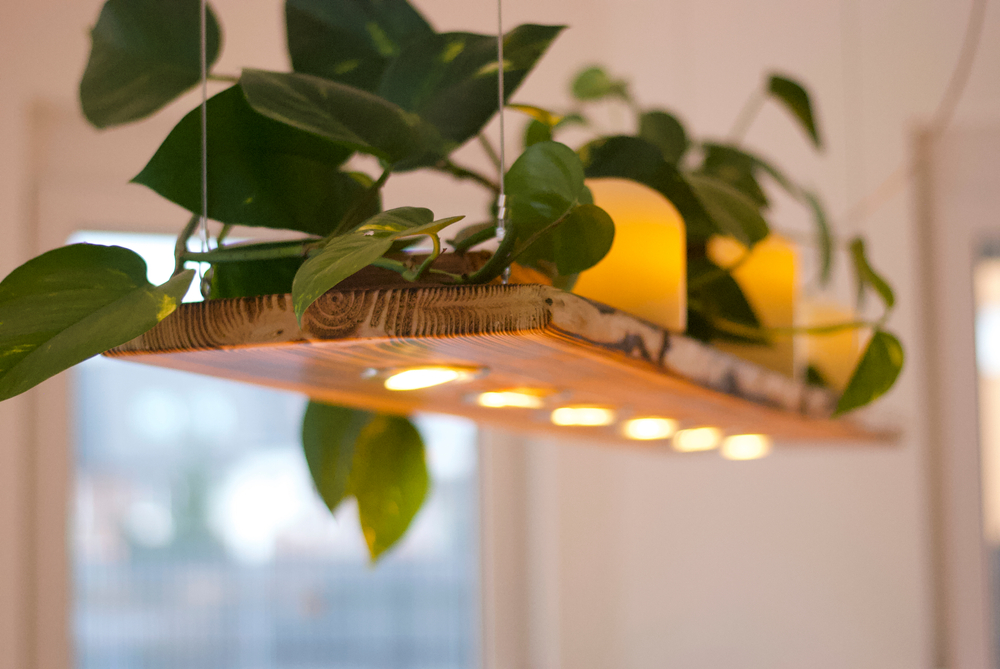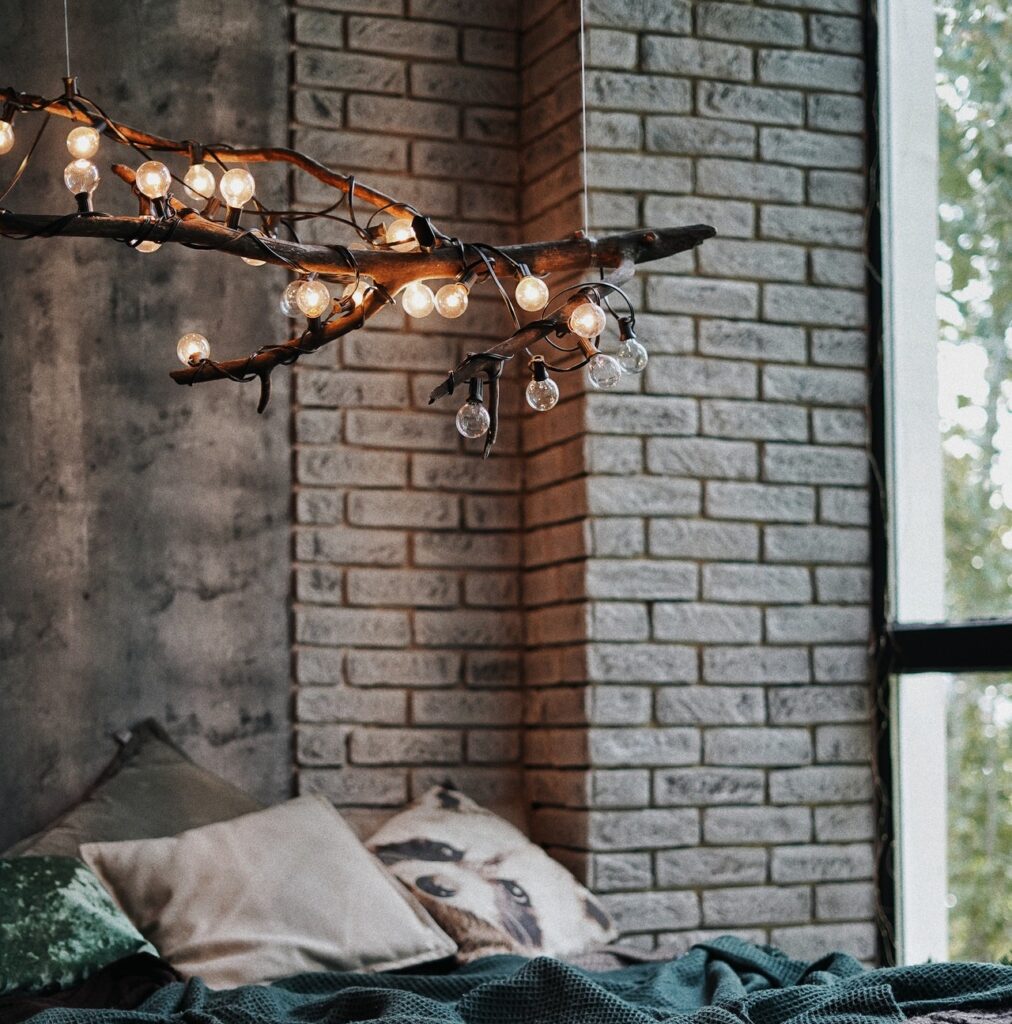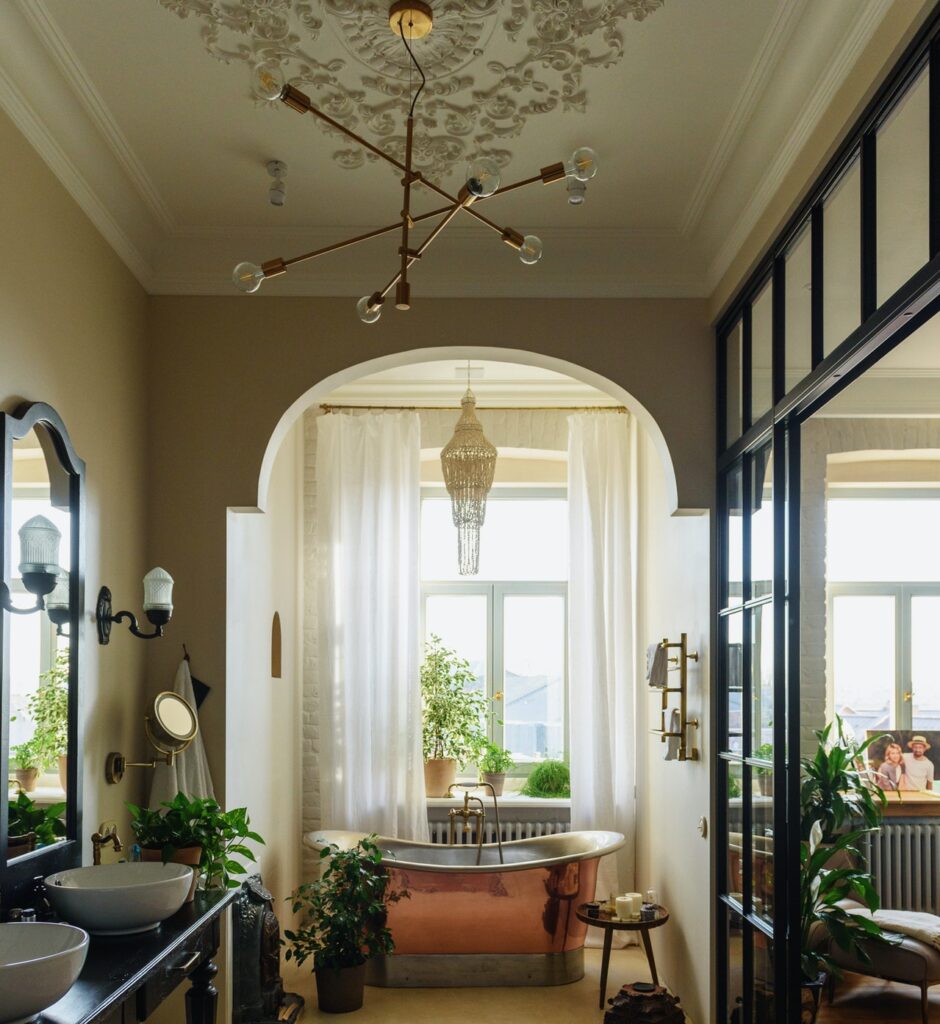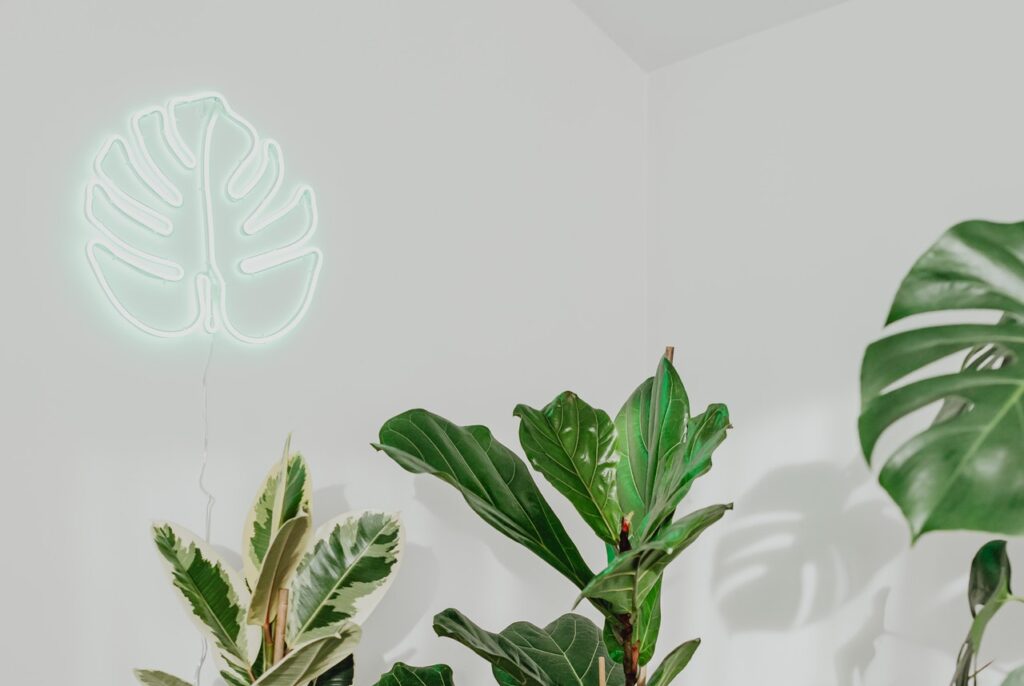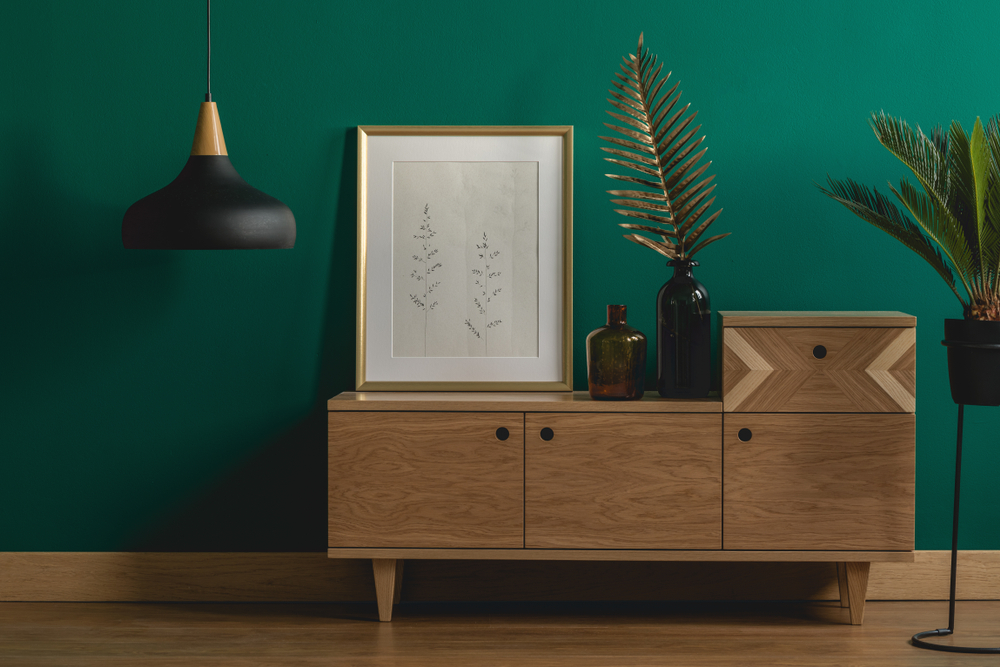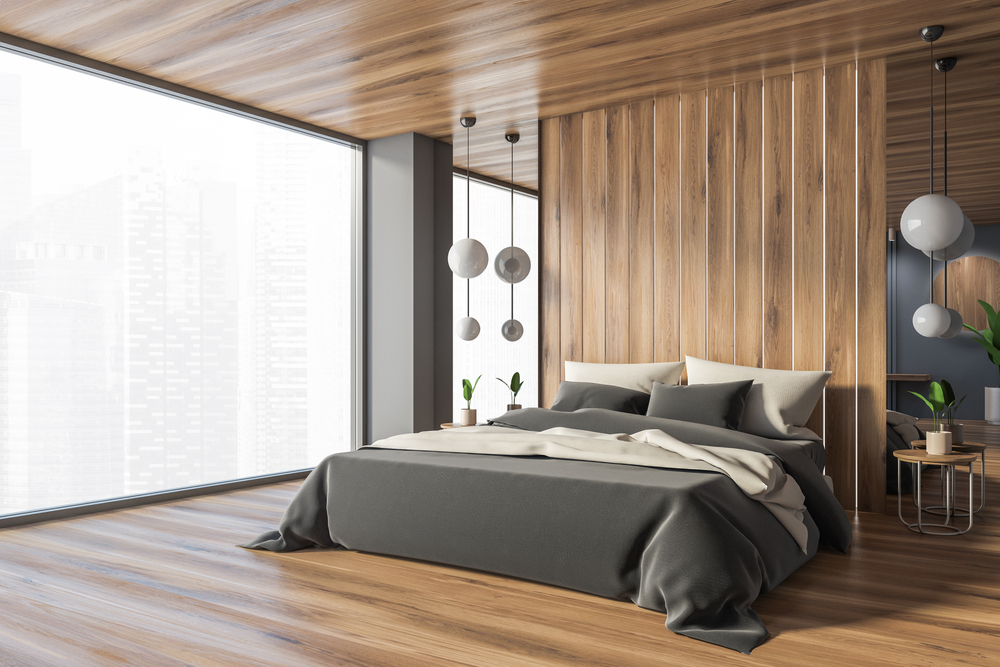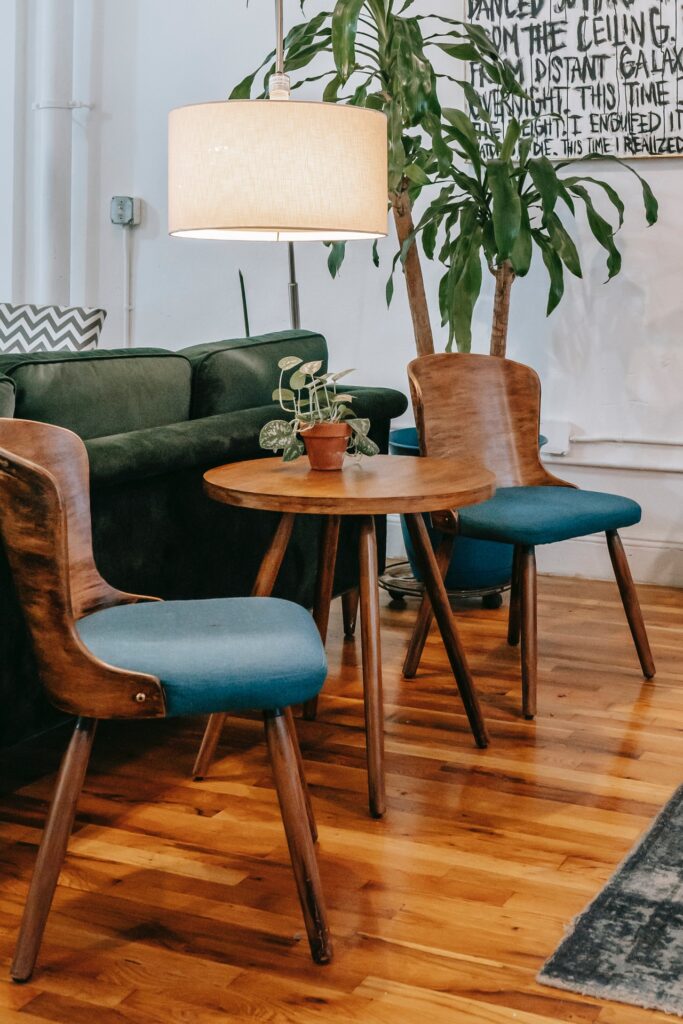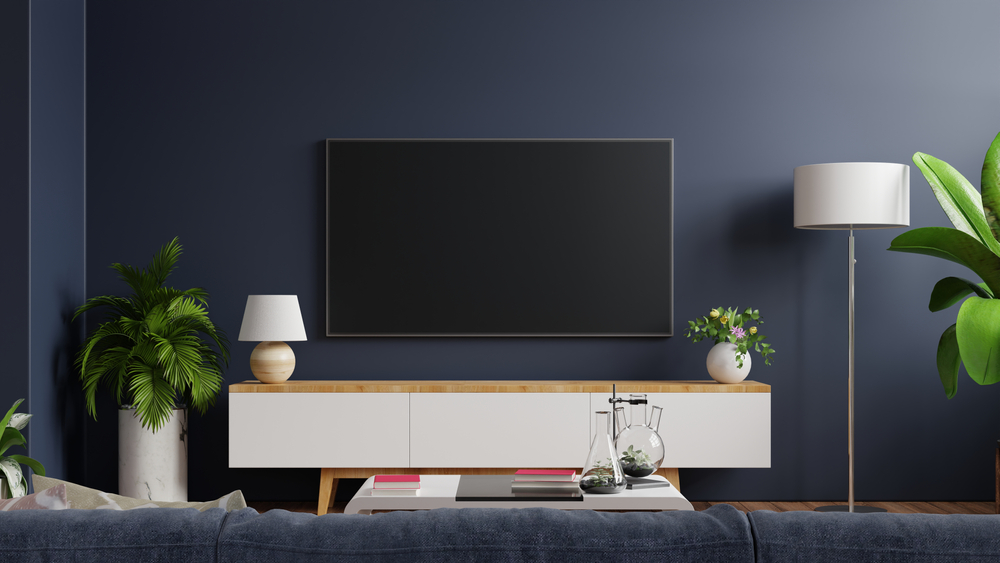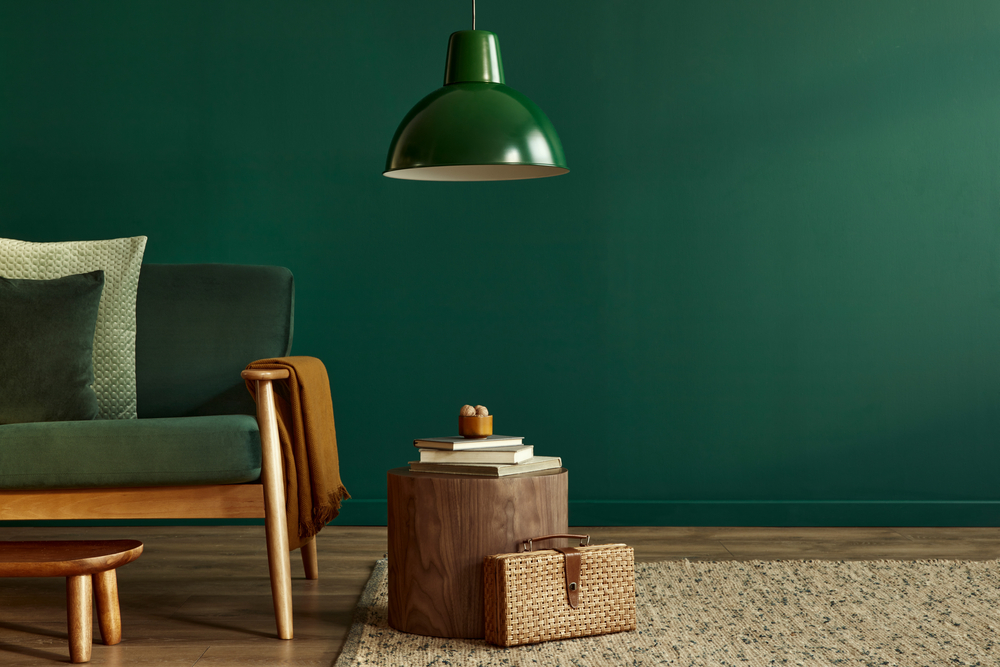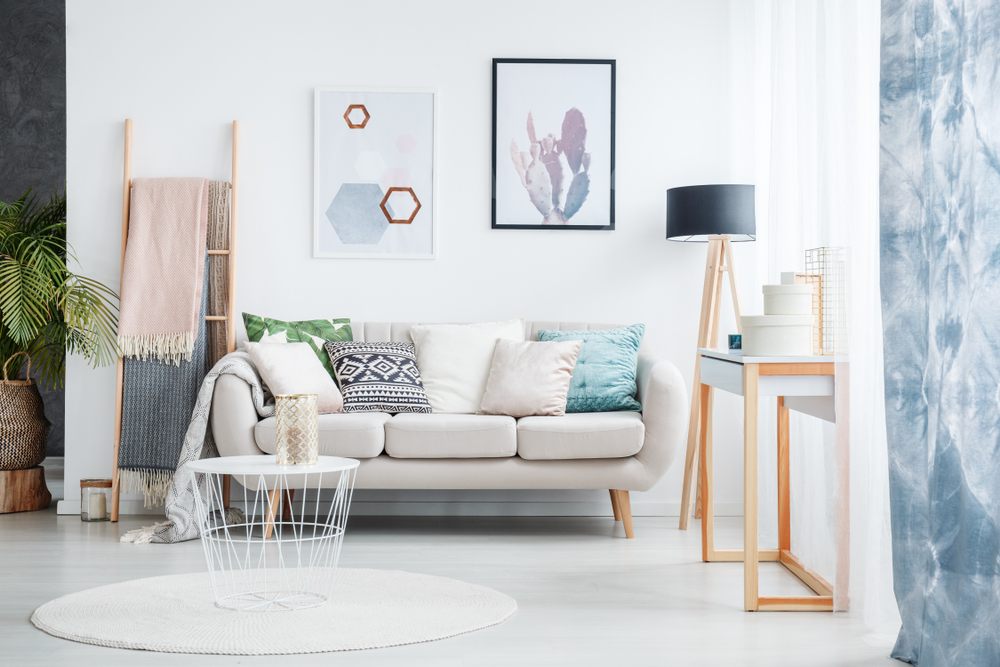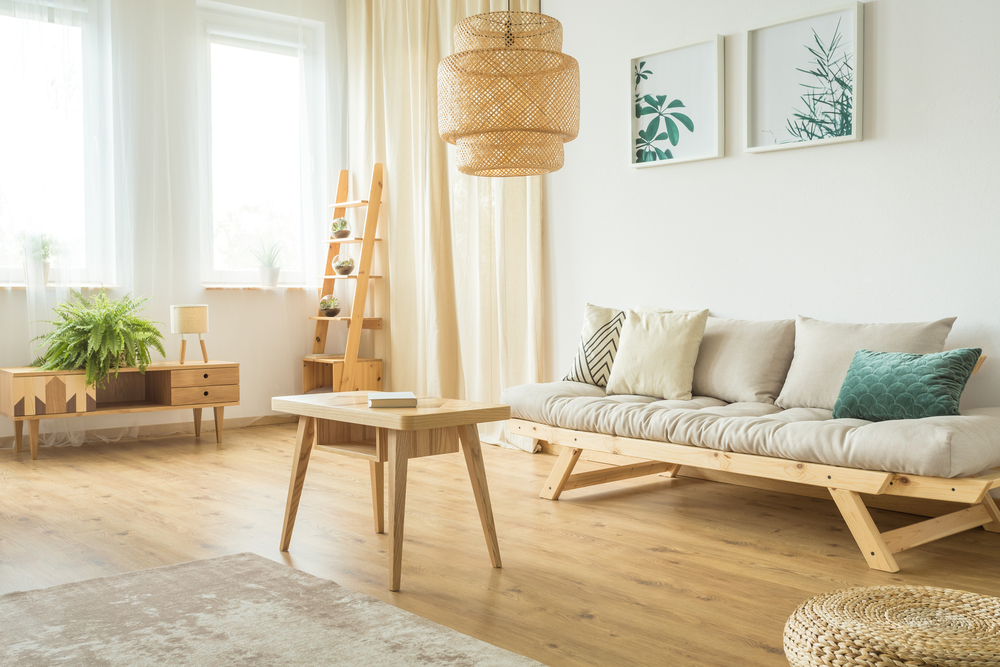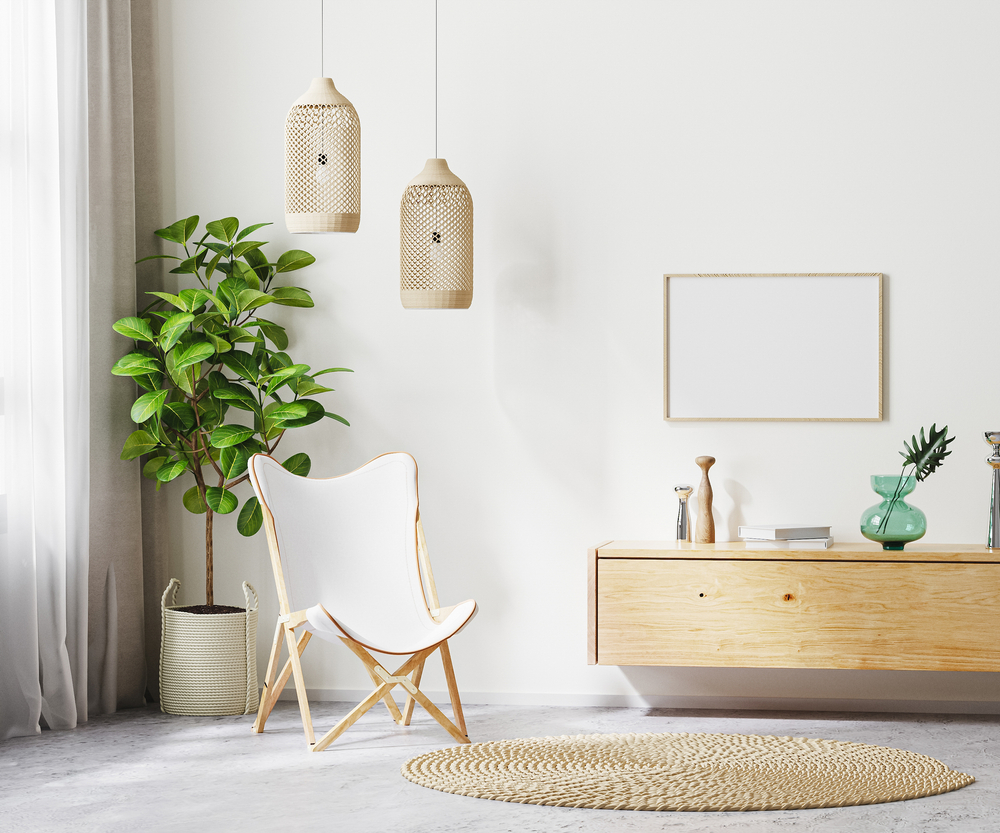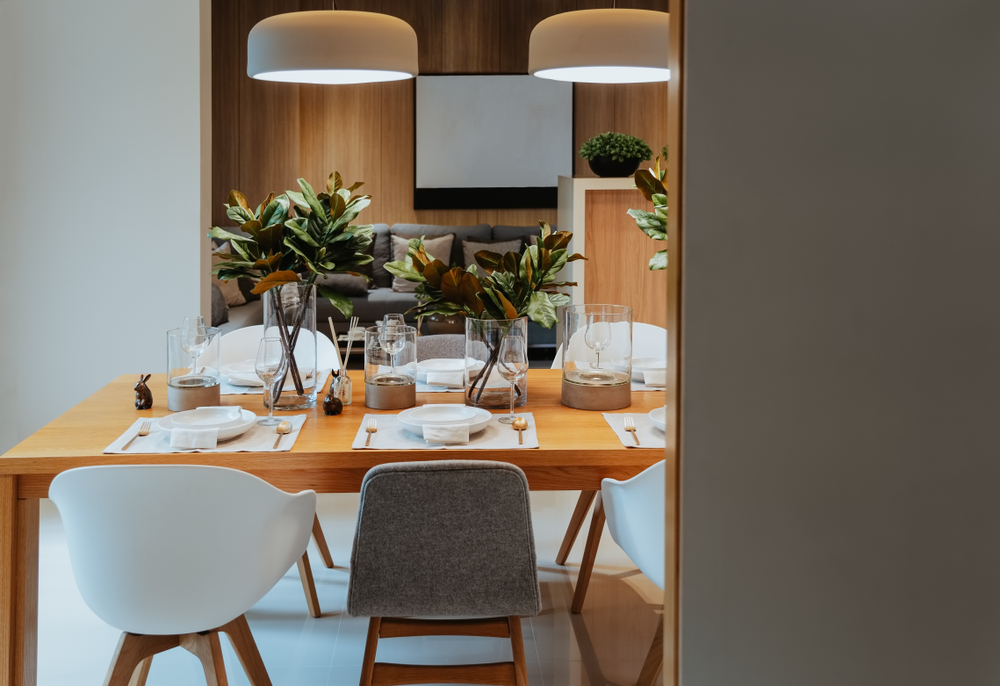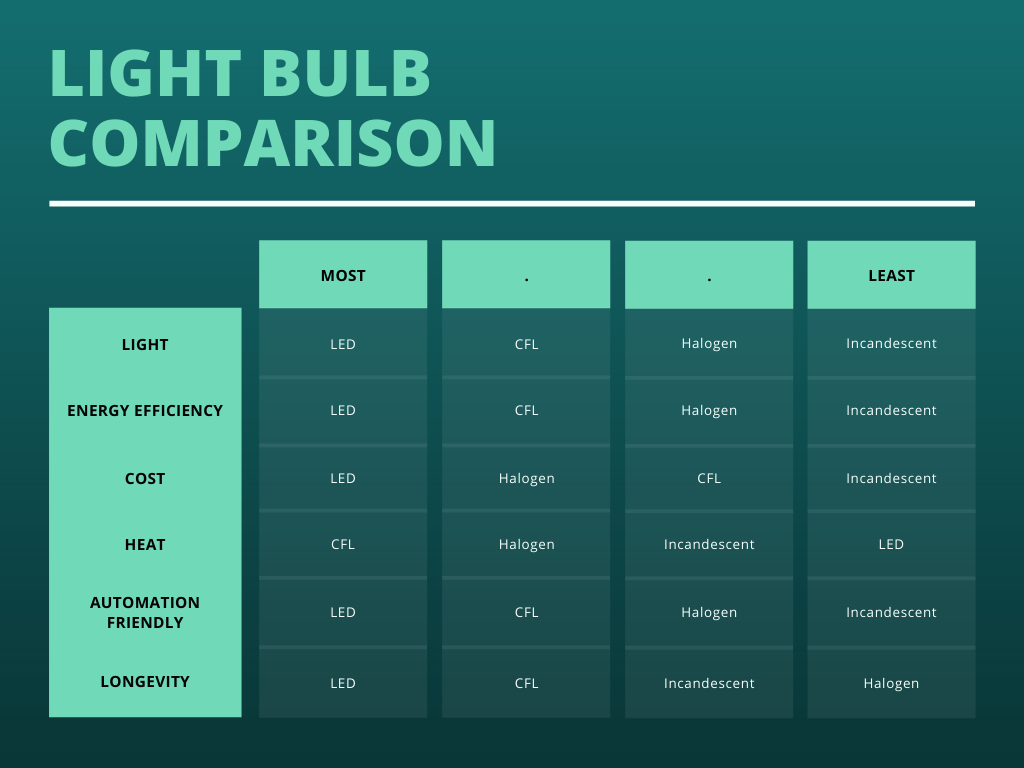Good lighting is about so much more than just light bulbs and switches. When it’s done right, lighting can transform any space, increase the value of any real estate, and even fuel your soul and energize your body. It’s a proven fact that using the right lighting can dramatically change your physical and mental well-being. Whether you’re building a valuable asset, setting the mood or pulling a late night, choosing the right lighting makes all the difference.
It’s time to use lighting better and LED light strips are one of the easiest ways. Take full advantage of modern lighting technology to change your home for the better by using LED strip lights to illuminate your surroundings. LED strip lights (often called LED tape or ribbon light) are small, flat, flexible, circuit boards with small LED lights embedded along the surface. They are an easy choice for DIYers of any level looking to upgrade their space because they come with an adhesive backing, can be cut to any length, and their low profile means they can be hidden or tucked into very small spaces.
LED strip lights are a great place to start when that can invigorate your senses, change the atmosphere in your home, and even increase your safety. Here are six unexpected ways you can use LED strip lights to energize and brighten your life!
Customize Your Kitchen
This may sound like an unusual place to start, but LED strip lights can really make your kitchen shine. All you need to do is place the strip under your kitchen cabinets! It will make your cooking area brighter and easier to use, give your kitchen a bright and custom-made feel, and create a soft glow for mood lighting to compliment your evening wind down.
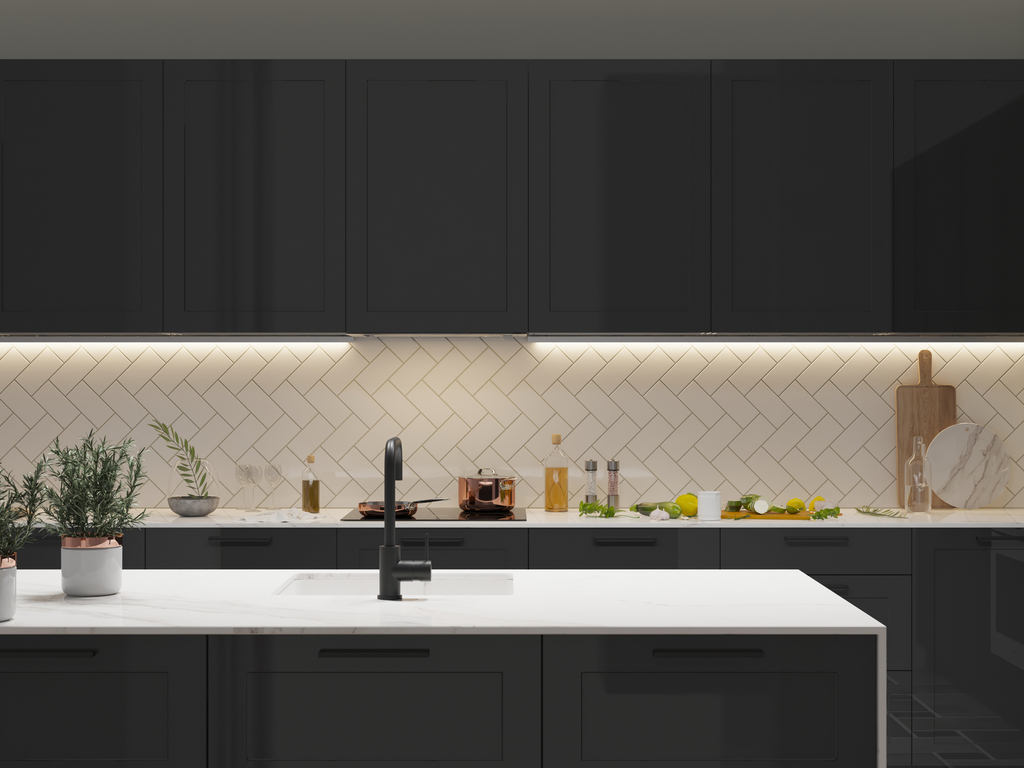
You can even line the inside of your kitchen cabinets or drawers with LED strip lights to make it easier to find exactly what you need.
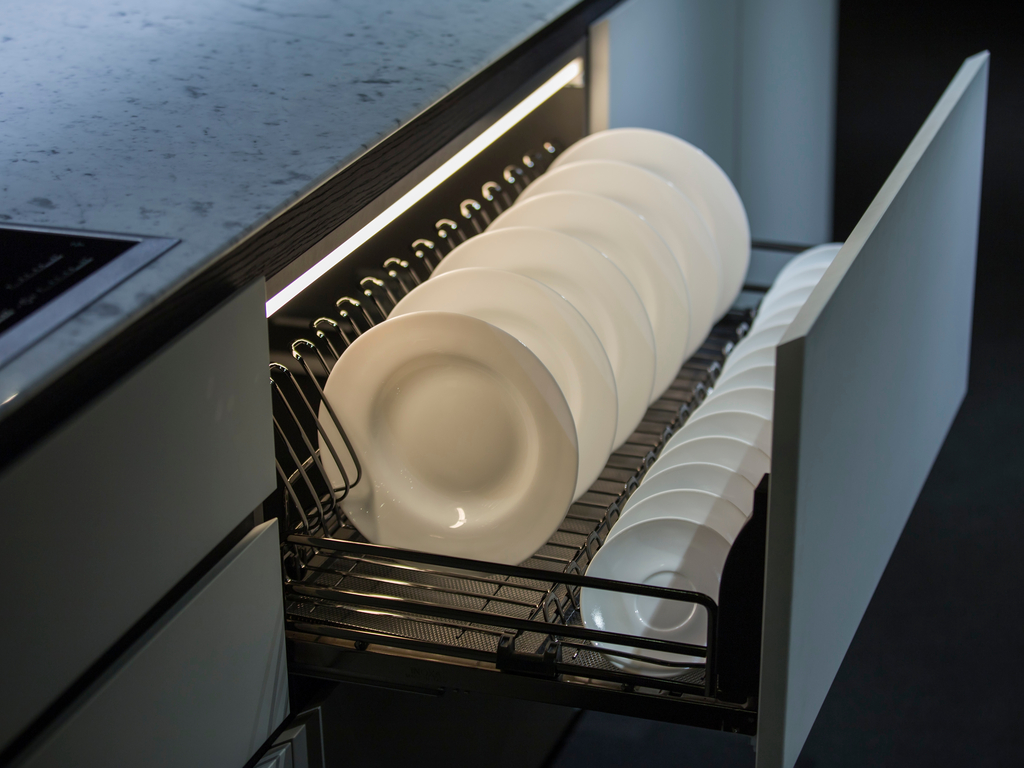
Feature Your Collections
You’re displaying your prizes, pictures, and awards for a reason: you are proud of them! Why not give them the spotlight they deserve? By illuminating your shelving with LED strip lights, you’ll create the perfect glow that will make your special items pop.
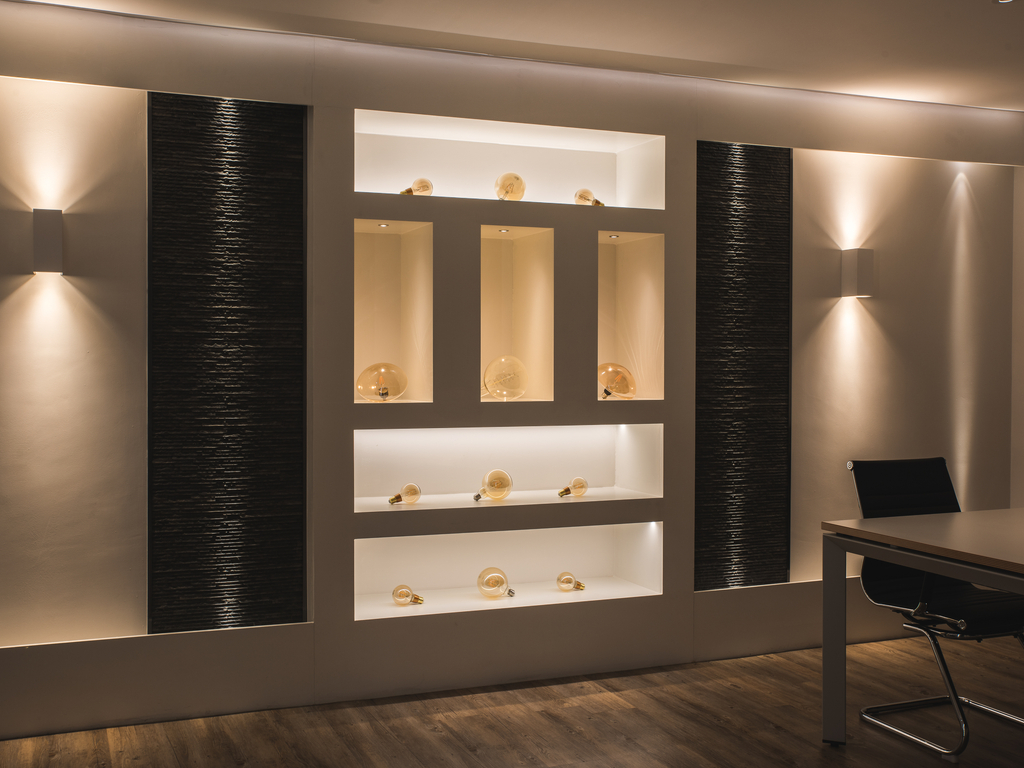
LED strip lights also are the perfect medium for highlighting mirrors and artwork on your walls. Create a beautifully back-lit design by installing an LED strip around the perimeter of your mirror or art between it and the wall.

Secure Your Staircase
The right amount of light can completely transform your dark or dangerous staircase into the beautiful bright staircase of your dreams. Add an LED strip across the bottom edge of each stair or even along the bottom of your handrail to make your staircase a bright and beautiful feature in your home. Not only will this add more character to your home, but it will also make your staircase much safer by properly lighting the stairwell and stairs for your treks up and down between floors. No more tripping on shoes or backpacks in the dark!
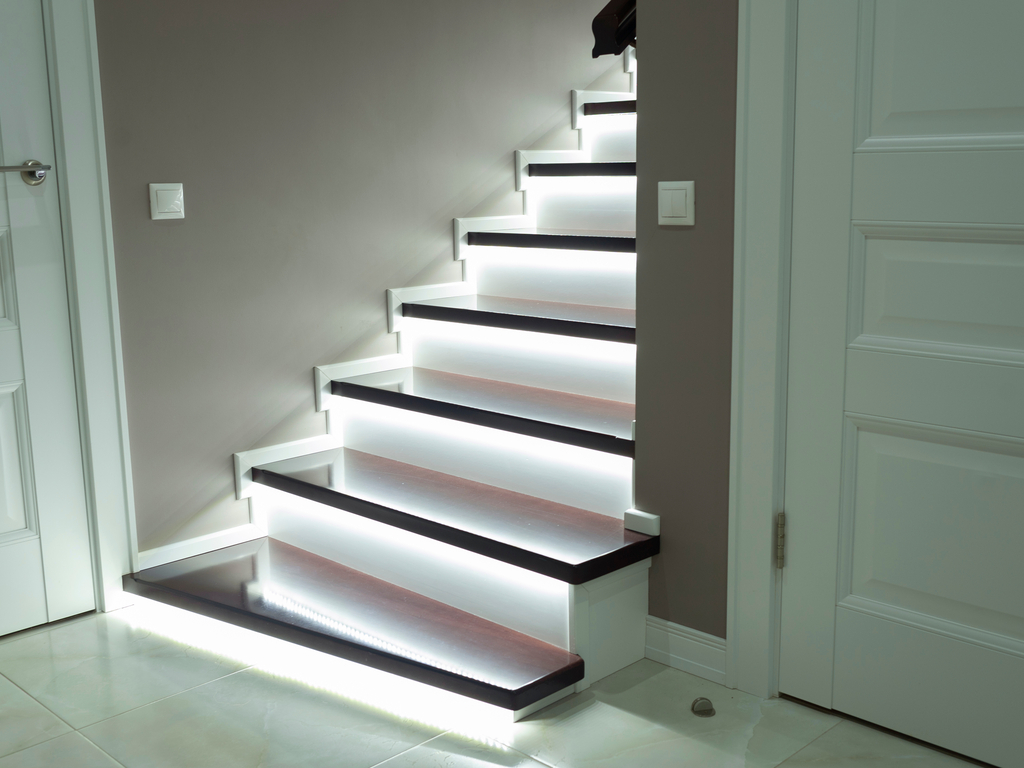
Highlight Your Backyard
Your backyard is the place where you go to reconnect with the outdoors and to spend quality time with the people you love. Whether you like to read on your porch swing, play catch with the kids, or entertain guests around the firepit, take full advantage of your outdoor living space! Incredibly, LED strip lights can be used outdoors too! Liven up your backyard with LED strip lights by lining the patio, flower beds, or even your swimming pool. This will add an extra layer of cozy lighting for you to enjoy year-round.
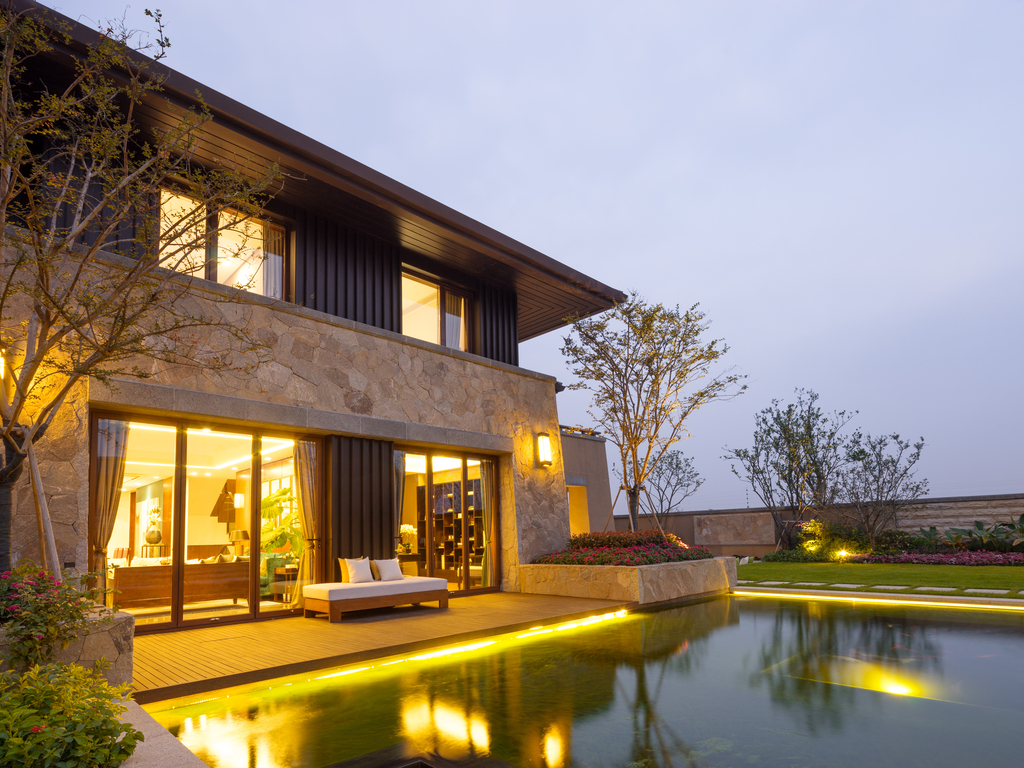
Create a Relaxing Retreat
Getting the right lighting in your bedroom is arguably one of the most important things you need to do for yourself when planning your home design. At the end of a long day, you need a place where you can get the ambiance just right so that you can relax and unwind. Look for places that are easy to line with LED strips like a doorway, the perimeter of your ceiling, or your headboard or bed frame. Then you can turn off your harsh, overhead light and instead bask in a soft, ambient glow that will help you relax and recover from the day.
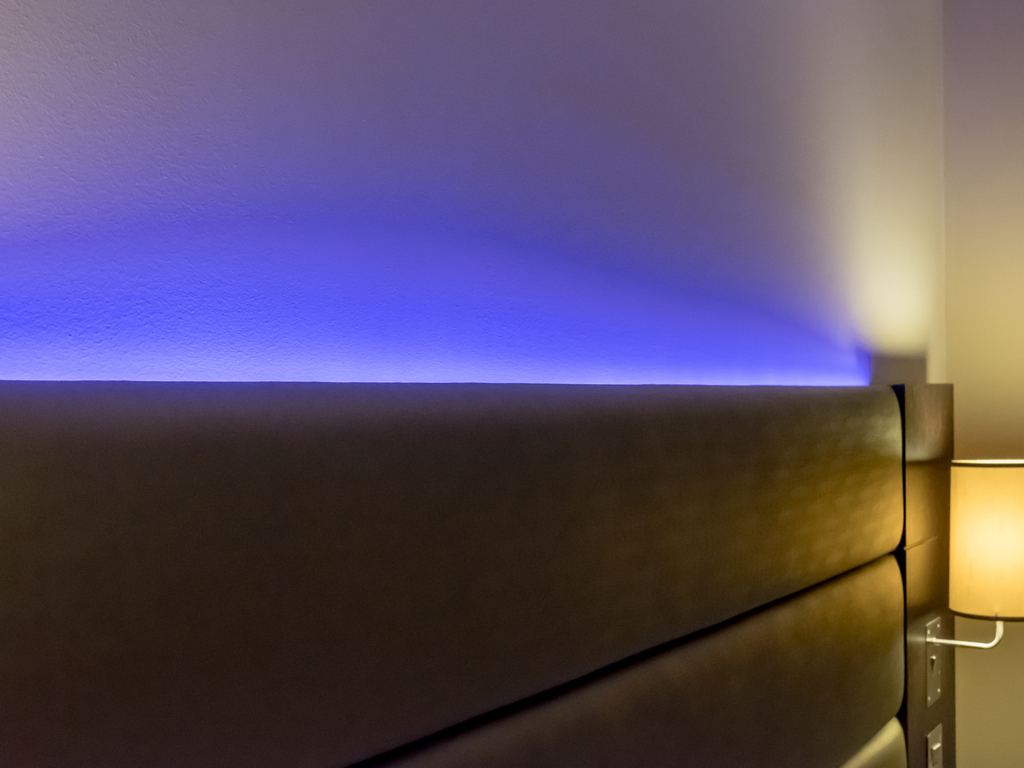
Travel In Style
That’s right: You can make your vehicle explode with light by adding LED strip lights to the inner and outer surfaces. Make your interiors feel custom and expensive by lining the seats, floor boards, dash, and ceiling to get a slick glow. On the outside, add LED strips to the bottom of the frame and around your tires as an added safety feature that comes with a serious wow factor.
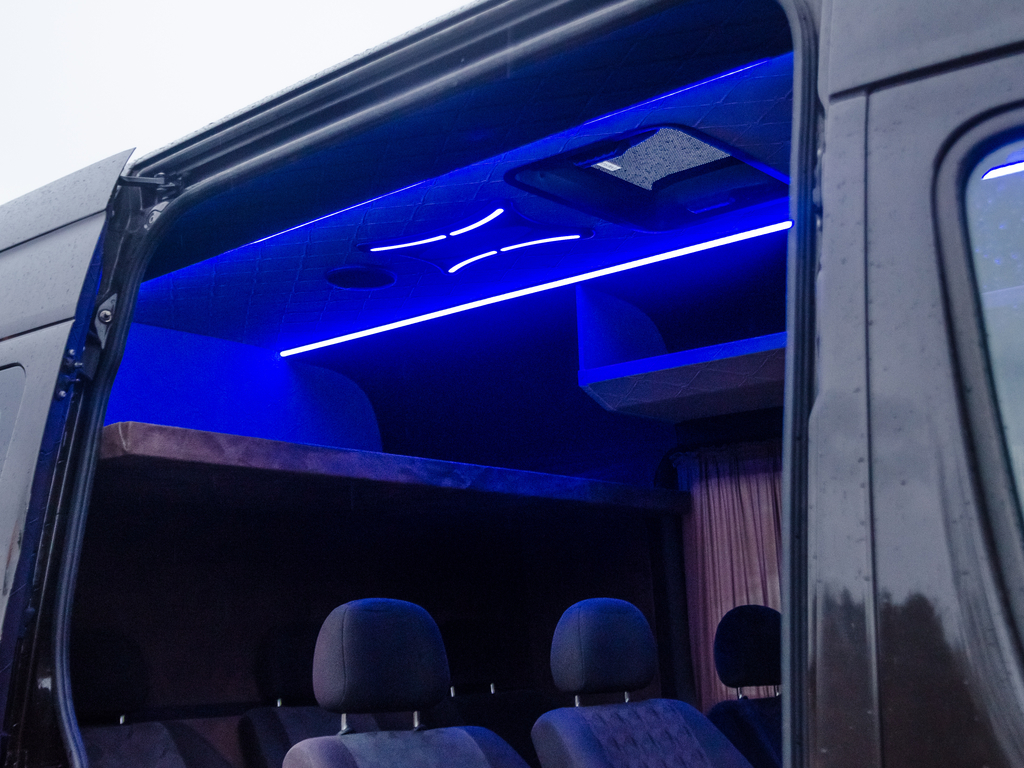
If your ride has 2 wheels instead of 4, LED strip lights will be your best friend. Adding LED lights to your motorcycle or bicycle helps other drivers see you more easily on the road, making your night time travelling safer. For those that are more concerned about the cool-factor, line the bottom of your motorcycle with LEDs to make it look like you are floating, or you can line the entire frame of your bicycle and you’ll be the star on the bike path! Either way, you’ll have a conversation starter!
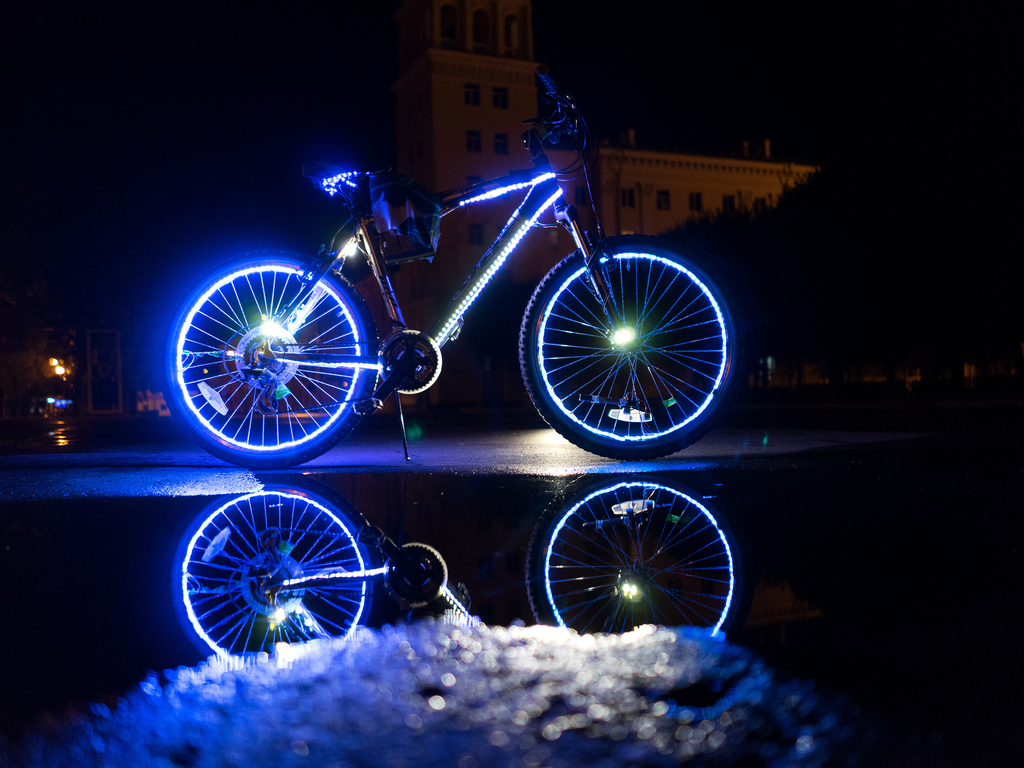
Please read up on the laws and guidelines in your area before adding LED lights to your vehicles, as some colors or installation locations might be outlawed if they’re distracting to other drivers.
With a little bit of help from LED strip lights, you can brighten your home and yard, show off your collections, get that sweet after-market look on your vehicle, and make your spaces a little safer. These lights really can be used almost anywhere, so don’t be afraid to explore the many different ways LED strip lights can enhance your life. You never know, what you find might surprise you! And, as always, if you have any questions about your next lighting project, contact Illuminations today. We are always willing and happy to help you get started!
